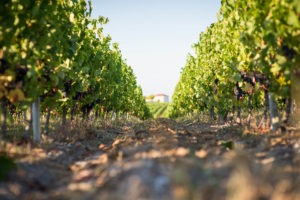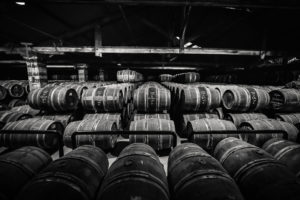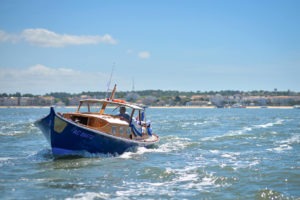In Japan, Geographical Indications for products are increasing. It is an organization of territories which makes it possible to highlight wines, sakes, umeshus (and other solid food products) with the aim of protecting know-how while ensuring consumer security.
If in France, the AOC system is debated, in Japan it is a model that attracts. I was also asked for an event around the GI (Geographical Indication) Harima of Hyogo and I wrote an article on the subject: you can (re)read it!
I also had the chance to do a webinar during COVID around the sakes of another Geographical Indication in Hyogo: Nadagogo. It was in 2021 for Valentine’s Day! With my friend Olivier Stoiche, from the very nice blog Japan Kudasai, we organized a little online quiz on sake. We also offered a Valentine’s Day menu in accordance with the nihonshu of Hyogo: yum!
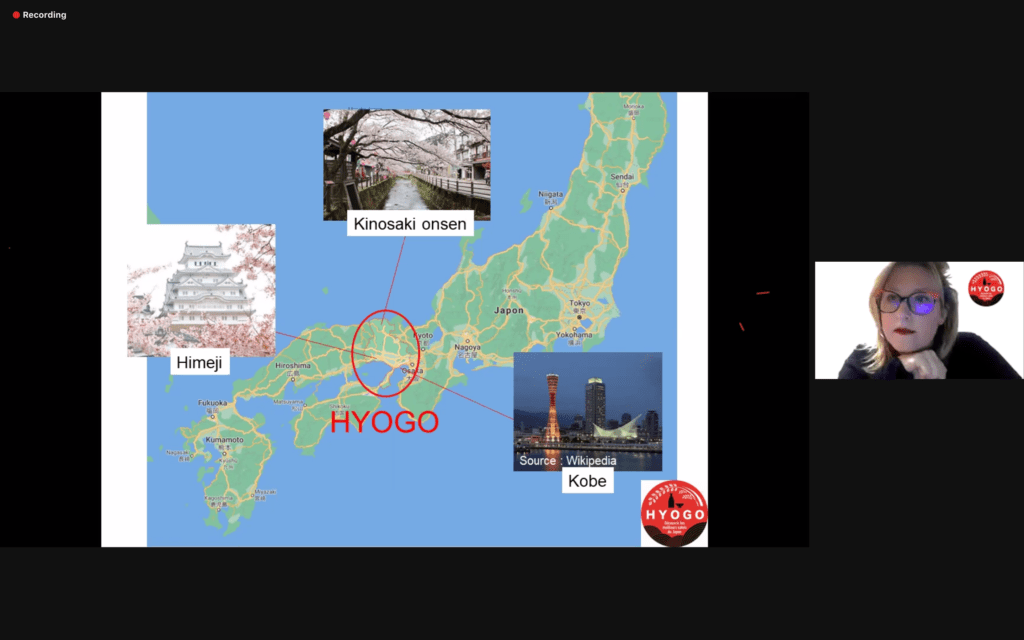
Yesterday I had the pleasure of receiving, thanks to the very dynamic Tomoko Pecon, representatives of “The Federation of Hyogo Prefecture Brewers Association – Nadagogo Sake Brewers Association”. Yasuhiro Tsuchida is the director and we were able to discuss Nadagogo while we visited Saint Emilion together. We even talked about sake tourism!
On June 28, 2018, the famous National Tax Agency (a bit like our INAO) issued the Geographical Indication title to sake producers from Nadagogo. It is true that the origin of a product is important. It is determined by its place of production of course but also by all the ancestral techniques used in this same place. You can easily recognize a bottle of sake made in Nadagogo: there is a logo indicating the origin.
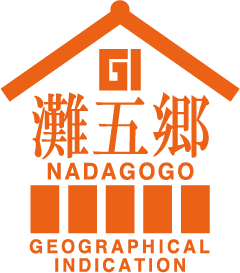
Nadagogo brings together 5 towns (“gogo” in Japanese means 5) around Nada: Nada-ku, Kobe-si (yes, where there is Kobe beef), Higashinada-ku, Ashiya-shi and Nishinomiya-shi . This is where, during the 4 seasons, GI sakes are exclusively produced but also matured and packaged. Today, there are 25 production houses and I was very surprised to learn that they represent around 25% of Japan’s production volumes!!
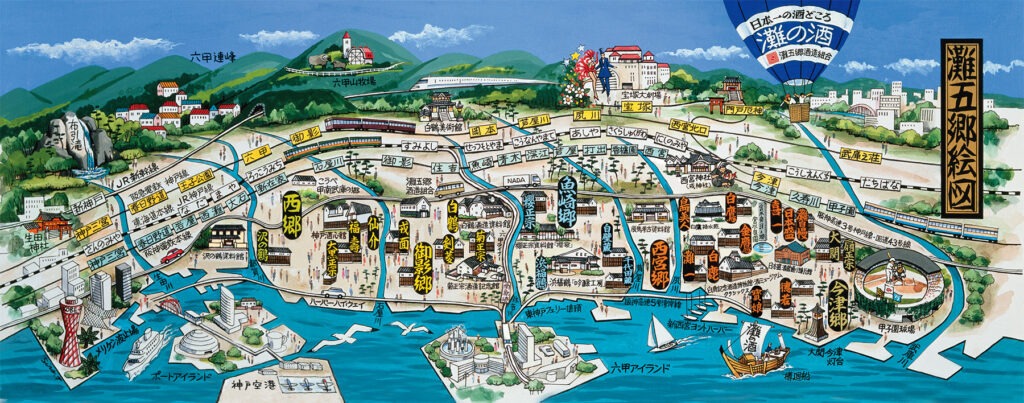
In addition, Nadagogo sakes use the famous Miyamizu water: the most famous in Japan in terms of sake production. Strong water par excellence (for Japan because here in Europe, it is considered weak water), it provides body and facilitates fermentation with its minerals, a source of energy for the yeasts. GI sakes are synonymous with harmony and structure with a very beautiful aftertaste when tasting. Note that to obtain the GI Nadagogo for its sake, producers must use water drawn from Nadagogo. However, rice, another raw material, does not have to come from the Prefecture: it can come from elsewhere in Japan. Finally, the tojis (brewer masters) work together to constantly improve the quality of GI Nadagogo sake. They are often part of guilds (notably Tamba Toji) but even if they have not received the same education, they come together and are in constant search of improvement.

If GI Nadagogo is very active in the production and consistency in terms of quality of its sakes, you should also know that they have been very dynamic in terms of communication since 2017. The Sake Producers Association regularly holds seminars and webinars. They also put the colors of the association on local subways (Mikage, Uozaki, Imazu and Nishinomiya stations). Without forgetting the famous sake tourism that I talked about in the introduction. You are probably familiar with wine tourism: visiting and discovering cellars and properties, but also participating in wine festivals and exploring wine landscapes. Here, we’re talking about the same thing but for sake. It’s an emerging trend that is very interesting… Especially for me who has been working in wine tourism for a long time! I’ve done a bit of sake tourism but I can’t wait to discover what the houses will offer in the future. Still, Nadagogo is at the forefront of sake tourism. All members are open to the public and a person is dedicated to this. The goal is of course to discover the history and production processes but also and above all to sell products directly to consumers.

If you want to discover more about certain Nadagogo houses, I invite you to read my book on “111 Sakés not to be missed” which will be released on November 7 by EMONS. You will then be able to unlock the secrets of Hakutsuru, Kiku-Masamune, Kenbishi or even Sakuramasamune, Sho Chiku Bai and Ozeki!

#France Bleu Gironde broadcast from October 12, 2023 with Marie-Corine Cailleteau: click on the link to listen to the replay more easily!

